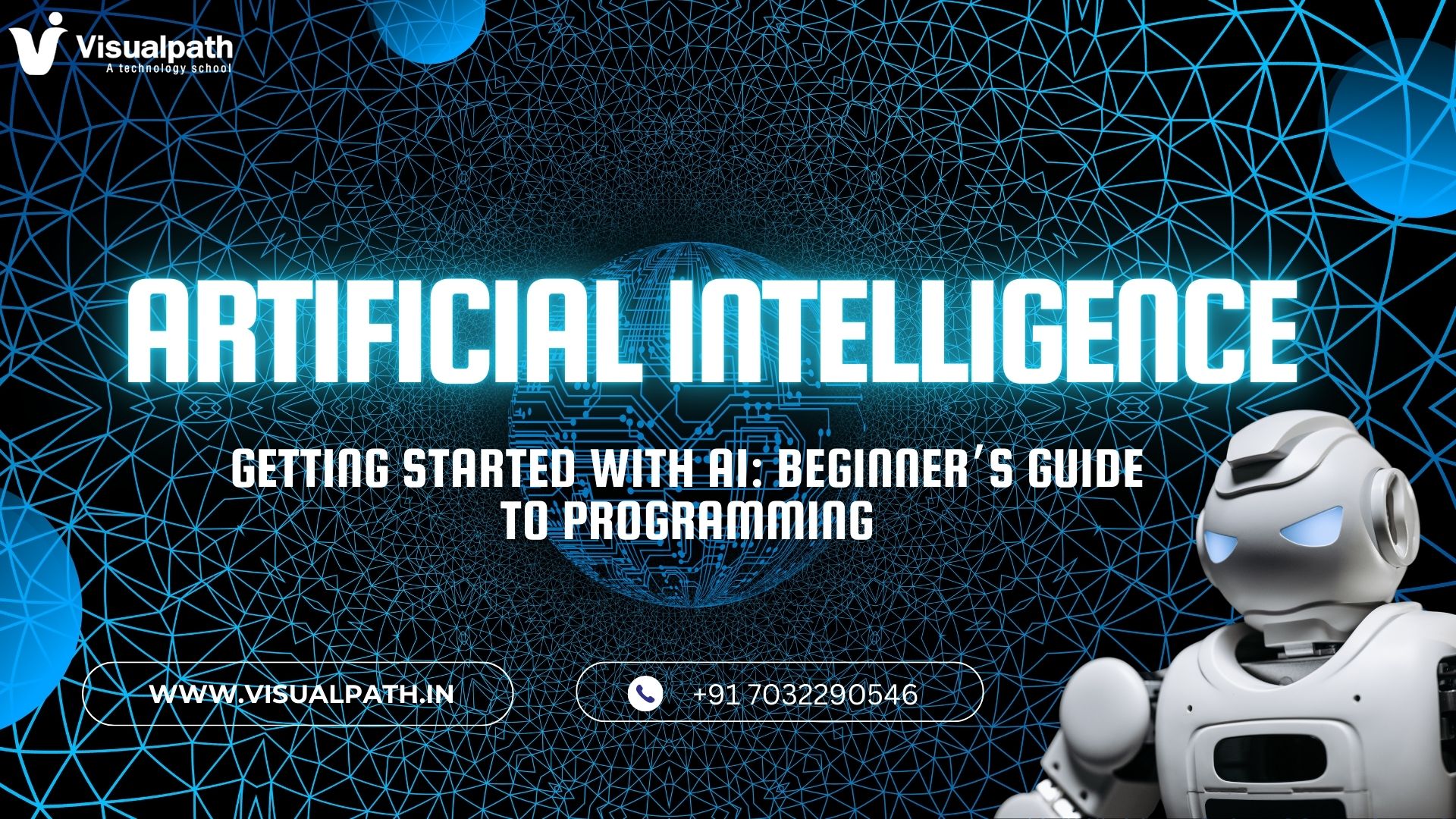Computer Vision is one of the most powerful branches of Artificial Intelligence (AI), focusing on enabling machines to perceive, interpret, and make decisions based on visual data. It simulates the way humans see and understand their surroundings, allowing machines to “see” through cameras and process images and videos using advanced algorithms.
The combination of computer vision and AI is transforming industries by introducing automation, precision, and real-time decision-making in ways that were once only possible through human intervention.
What is Computer Vision?
At a basic level, computer vision is about teaching computers to process visual information in the same way humans do—but faster and more accurately in some cases. It uses data from cameras, sensors, and digital images to extract meaningful insights. Artificial Intelligence Online Course
Modern computer vision systems are powered by deep learning, particularly Convolutional Neural Networks (CNNs), which are designed to recognize patterns and features in images. These systems are trained on large datasets to learn how to detect objects, identify people, read texts, and more.
Key Applications of Computer Vision in AI
1. Object Detection and Recognition
AI systems can detect and classify various objects in images or video streams. This is essential in applications like video surveillance, inventory management, and autonomous robots.
2. Facial Recognition and Authentication
Facial recognition has become mainstream in security systems, law enforcement, and personal devices. AI models analyze facial features to identify individuals or verify identity in real time.
3. Autonomous Driving
Self-driving cars rely heavily on computer vision to understand the road environment. These systems detect lanes, pedestrians, vehicles, traffic signals, and obstacles to make driving decisions with minimal human input. Artificial Intelligence Training Institute
4. Medical Imaging and Diagnostics
In healthcare, computer vision is revolutionizing diagnostics by analyzing medical images such as X-rays, MRIs, and CT scans. AI models can detect diseases like cancer, pneumonia, and fractures early and with high precision.
5. Augmented Reality (AR) and Virtual Reality (VR)
AR and VR applications use computer vision to map environments and overlay virtual content. This is common in gaming, education, and even virtual shopping experiences.
6. Agriculture and Farming
AI-powered drones and imaging systems monitor crop health, identify pests, and optimize farming operations. This boosts productivity and enables sustainable agriculture practices. Artificial Intelligence Training
7. Manufacturing and Industrial Automation
Computer vision systems inspect products on assembly lines, ensuring quality control by detecting defects and inconsistencies without human intervention.
Benefits of Using Computer Vision in AI
- Automation: Reduces the need for manual tasks.
- Accuracy: Offers high precision in tasks like inspection and diagnosis.
- Speed: Processes large volumes of visual data quickly.
- Scalability: Easily integrates into various systems and industries.
Challenges and Future Trends
While computer vision offers tremendous value, it also faces challenges such as image quality variability, data privacy concerns, and the need for massive labeled datasets. However, advances in Edge Computing, 5G, and Generative AI are addressing these limitations. Artificial Intelligence Course Online
Shortly, we can expect even more advanced applications, such as real-time 3D scene reconstruction, AI-powered retail stores, and enhanced smart city surveillance systems.
Conclusion
Computer Vision is a game-changer in the world of Artificial Intelligence. By allowing machines to see and interpret the world around them, it bridges the gap between digital systems and real-world environments. As this technology continues to evolve, its applications will become more seamless, intelligent, and indispensable in everyday life.
Trending Courses: Informatica Cloud IICS/IDMC (CAI, CDI), Azure AI Engineer, Azure Data Engineering,


